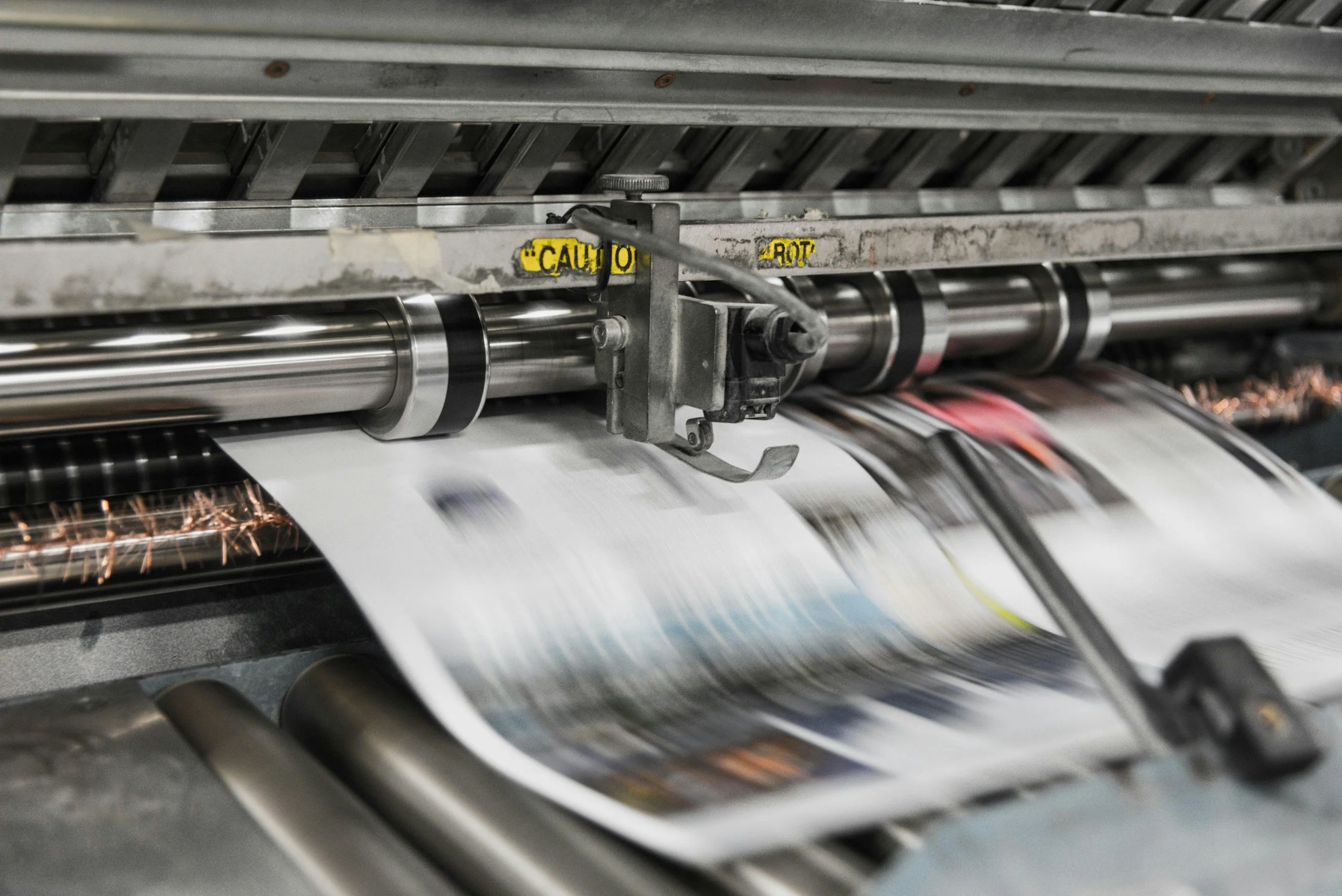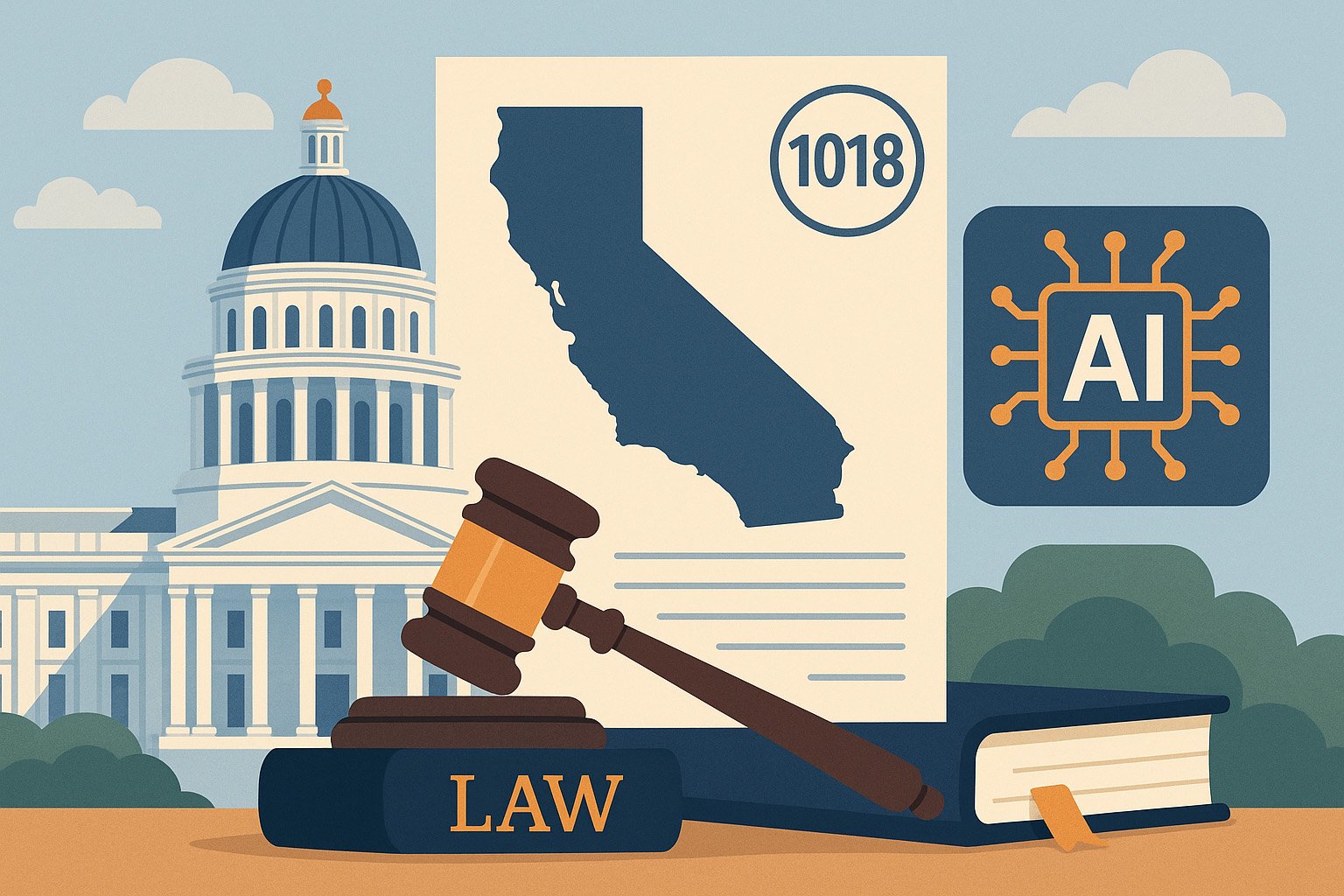Trump Administration Expands AI Use in Government and Schools with New Directives
Image Credit: Louis Velazquez | Splash
On April 7, 2025, the White House issued a directive to expand the use of artificial intelligence across federal agencies, marking a shift in federal AI policy. Additionally, an executive order signed on April 23, 2025, aims to integrate AI education into K-12 schools. These actions reflect the Trump administration’s focus on accelerating AI adoption to maintain U.S. leadership in technology while fostering innovation.
[Read More: Trump’s $500 Billion AI Investment Fuels Growth in Blockchain and AI Cryptocurrencies]
Federal Agencies to Enhance AI Use with New Leadership and Frameworks
The White House directive, issued on April 7, 2025, mandates federal agencies to appoint Chief AI Officers (CAIOs) and develop strategic frameworks to promote responsible AI use. According to a Reuters report, this policy rescinds Biden-era orders that prioritized safeguards, transparency, and restricted AI acquisitions. The Office of Management and Budget (OMB) has outlined two key memos—M-25-21 and M-25-22—to guide this transition.
Chief AI Officers and Strategic Frameworks: Each federal agency must designate a CAIO within 60 days to oversee AI adoption, promote innovation, and manage risks. The CAIOs are tasked with creating AI strategies within six months to identify and remove barriers to responsible AI use, as noted in a White House fact sheet. These strategies aim to improve agency operations by leveraging AI for tasks such as data analysis and service delivery. For example, the Federal Aviation Administration already uses AI to analyze incident reports and identify aviation risks, showcasing practical applications.
Risk Management and Generative AI Policies: The OMB directive requires agencies to implement minimum-risk management practices for “high-impact” AI uses—those with significant potential effects on public safety or rights, as defined in OMB Memo M-25-21. Within six months, agencies must also establish policies for generative AI, which can create text, images, or other content. The guidance emphasizes interoperability and the use of American-made AI systems to support national competitiveness, as reported by FedScoop.
Shift from Biden-Era Policies: The new policies replace Biden’s 2023 executive order, which focused on reducing AI risks through data-sharing requirements and strict oversight. The Trump administration views these as bureaucratic hurdles, adopting a “pro-innovation” approach that streamlines acquisition processes and reduces reporting requirements, per a Lawfare analysis. However, concerns remain about oversight. Quinn Anex-Ries from the Center for Democracy and Technology noted that while the guidance retains some governance structures, its implementation, particularly by the Department of Government Efficiency, requires scrutiny.
Implications for Federal Operations: The policy shift aims to modernize government services, with NASA’s use of AI for Mars rover navigation cited as a success story. By treating data as a strategic asset and ensuring flexible contracts, agencies can avoid vendor lock-in and foster a competitive AI marketplace. However, experts warn that reduced safeguards could increase risks if not balanced with robust risk management, as highlighted in a Nextgov/FCW report.
[Read More: Trump vs. Biden: The Battle Over U.S. AI Governance]
Executive Order Promotes AI Education in K-12 Schools
On April 23, 2025, President Donald Trump signed the “Advancing Artificial Intelligence Education for American Youth” executive order, directing federal agencies to integrate AI into K-12 education. This initiative, detailed in a White House fact sheet, aims to prepare students for an AI-driven workforce through literacy programs and partnerships.
White House Task Force on AI Education: The order establishes a White House Task Force on AI Education, chaired by Michael Kratsios, Director of the Office of Science and Technology Policy. Members include the Secretaries of Education, Labor, Agriculture, and Energy, as well as David Sacks, Special Advisor for AI and Crypto. The task force is responsible for coordinating federal efforts and implementing a Presidential AI Challenge within 12 months to highlight student and educator achievements, according to USA Today.
Public-Private Partnerships: The task force is directed to form public-private partnerships with industry, academia, and nonprofits to develop online resources for K-12 AI education. These resources will focus on teaching foundational AI literacy and critical thinking skills. The Washington Post reports that the task force must announce partnerships on a rolling basis and ensure resources are ready within 180 days of their formation. Central Georgia Technical College’s AI tutor program, launched in 2024, exemplifies such initiatives, providing a monitored environment for students to learn AI skills.
Funding and Grants: The executive order does not allocate new funding but instructs agencies to prioritize existing federal grants for AI education. The Secretary of Education, Linda McMahon, must issue guidance within 90 days on using discretionary grants for teacher training, while the National Science Foundation is tasked with prioritizing AI education research, per K-12 Dive. The order also encourages the Department of Labor to promote AI-related apprenticeships using Workforce Innovation and Opportunity Act funds.
Challenges and Concerns: Education leaders, such as Stacy Hawthorne from the EdTech Leaders Alliance, welcome the focus on workforce alignment but emphasize the need for sustainable funding and educator involvement, as noted in Government Technology. The elimination of the Department of Education’s Office of Educational Technology and staff reductions could hinder implementation, according to Education Week. Additionally, experts like Julia Fallon from SETDA stress the importance of addressing algorithmic bias, transparency, and student data privacy in AI curricula.
[Read More: AI Bias? DeepSeek’s Differing Responses in Different Languages]
Broader Context and Public Response
The dual AI initiatives reflect the Trump administration’s broader goal of maintaining U.S. technological dominance, building on a January 23, 2025, executive order that revoked Biden’s AI regulations. Posts on X highlight general excitement for the educational push and federal AI guidelines, with users expressing support for innovation and workforce preparation. Additionally, ongoing congressional discussions emphasize the need for AI deployment to comply with labor and antidiscrimination laws, indicating continued policy debates.
[Read More: DeepSeek AI Among the Least Reliable Chatbots in Fact-Checking, Audit Reveals]
Source: White House, Reuters, The Washington Post, Gov Tech











